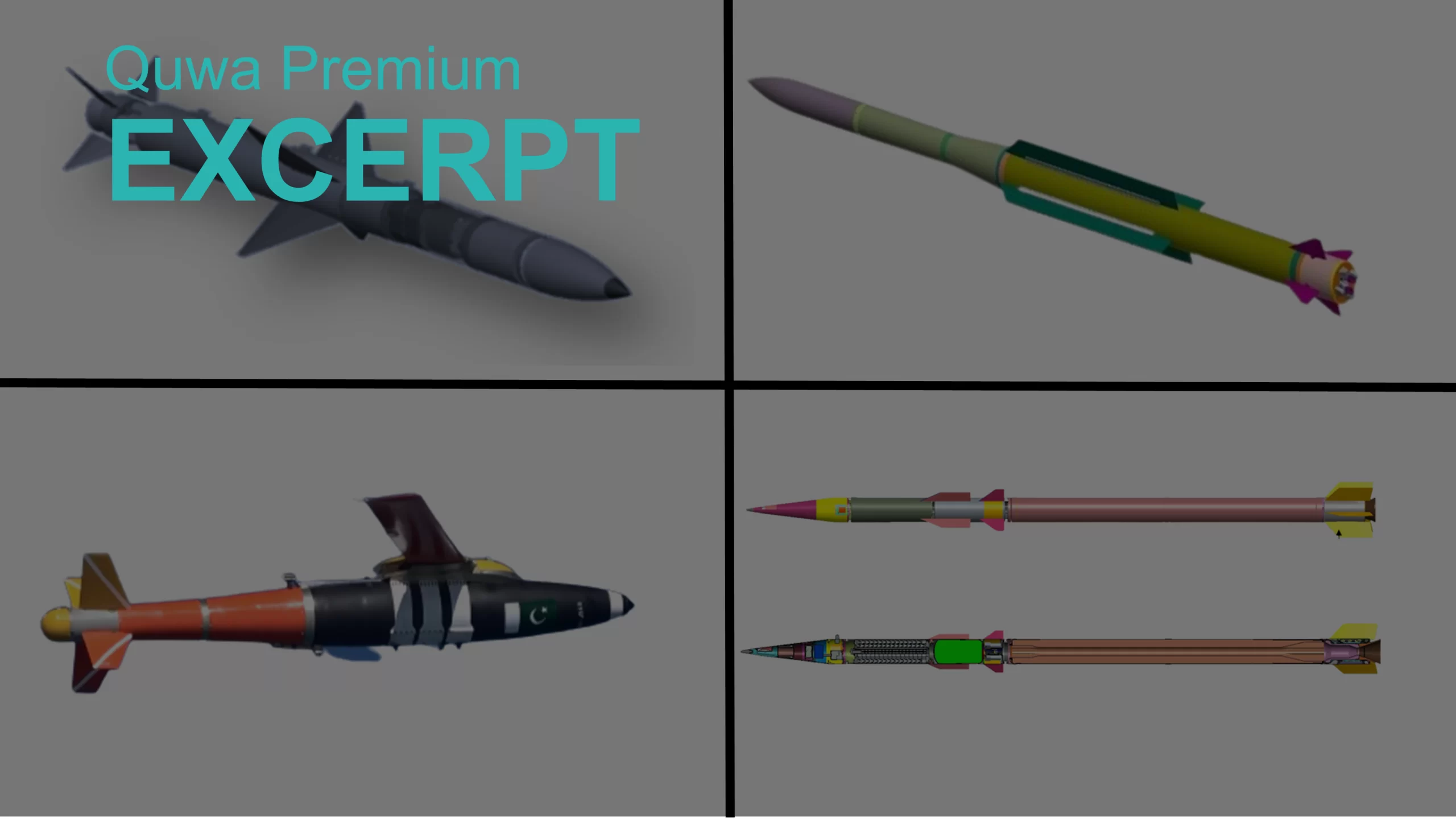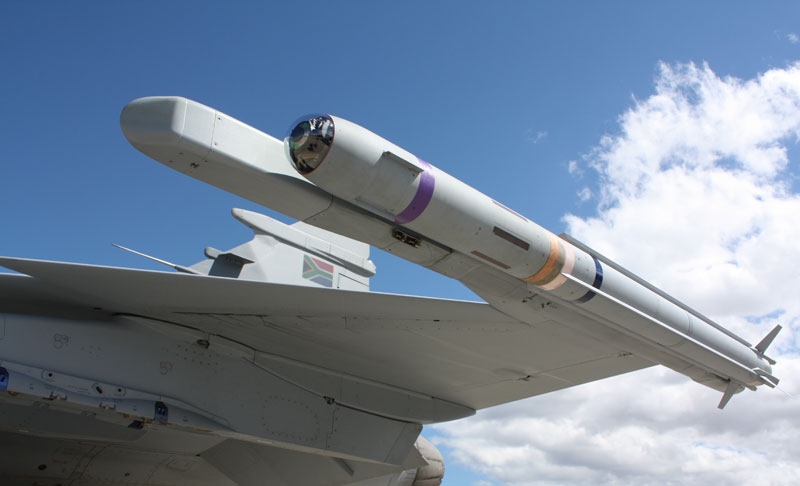2861Views

Lessons from Ukraine: Securing the Munitions Supply Chain
Though Kyiv’s repeated requests for advanced weaponry – like new main battle tanks (MBT) or F-16 multi-role combat aircraft – populate news headlines, its call for ammunition is just as important, if not more so for the day-to-day maneuvers of its main operations, like the ongoing counter-offensive.
Remarkably, Ukraine’s need for an enduring supply of ammunition to replenish its inventories is proving a challenge for the West. NATO Secretary General Jens Stoltenberg stated, “The current rate of Ukraine’s ammunition expenditure is many times higher than our current rate of production.”
Basically, the current production output for ammunition in the West is “under strain.” Though surprising, it is not unexpected in that the Russia-Ukraine War has been the longest full-scale conventional conflict between two states in the modern age, certainly since the Second World War. Be it in the West or the East, it is unlikely any major power would have anticipated wartime production requirements reaching the level Kyiv is seeing today. In a post-WW2 age, this conflict has been exceptional on many counts, be it in terms of its scale, its length, its complexity, and the fact that it is occurring in Europe.
However, one can argue that the Russia-Ukraine War has also forced defence planners in other regions of the world to rethink their assumptions about a modern conventional or state-versus-state conflict. This is as true for Pakistan as it is for most other countries with large militaries and even larger adversaries.
Pakistan might have gotten a sense of some of these trends as early as 2019 when it responded to India’s incursion across the Line of Control (LoC) in Kashmir. Under Operation Swift Retort, for example, Pakistan’s air force sent 18 to 24 of its fighter aircraft plus an assortment of specialized assets. This was a significant investment for one operation which, had cooler minds not prevailed on both sides of the border, may have spiralled into a greater crisis. The risk of India engaging in another cross-border strike exists and, in turn, Pakistan’s imperative to respond will also exist. But now, Pakistani defence planners have to account for a scenario of an evolved full-scale conventional war, one centered on a heavy dependence on sophisticated guided munitions, advanced air and surface-based platforms, electronic warfare, and other dynamics…
End of Excerpt (374/1,376 Words)
You can read the complete article by logging in (click here) or subscribing to Quwa Premium (click here).
For more Pakistani defence industry news and analysis, check out:


